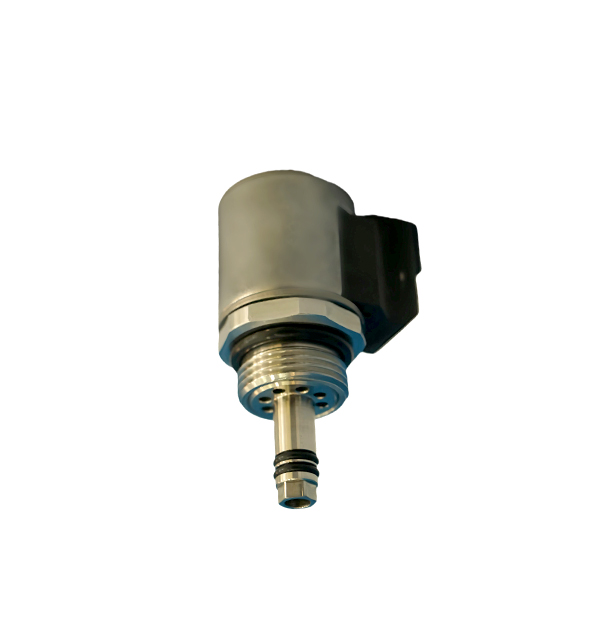A Brief Discussion on the Applications and Design Essentials of Proportional Valves
Proportional Solenoid Valves: Key Automation Control Components
Proportional solenoid valves are critical automation control elements with wide-ranging applications. By regulating control circuits to maintain a proportional relationship between output and input signals, they enable precise control over working media (e.g., gases, liquids) flow rates. This control characteristic makes them indispensable in industrial automation production lines, manufacturing equipment, oil-gas transmission systems, water treatment systems, medical devices, food machinery, and other fields—enhancing production efficiency and optimizing processes in modern manufacturing.
I. Core Design Focus Areas
Electromagnetic Design: The Functional Core
Coil Configuration & Magnetic Circuit Optimization
Ensure high-efficiency electromagnetic conversion and rapid response by optimizing magnetic circuit layouts to reduce magnetic resistance.
Enhance magnetic field strength to generate strong, linear electromagnetic force under low power consumption (e.g., ≤5W for DN10 valves), enabling precise execution of control signals.

Example: Ferrite core designs with laminated silicon steel sheets reduce eddy current losses by 30% compared to solid cores.
Fluid Design: Flow Control & Sealing Performance
Flow Channel Engineering
Precisely design channel shapes (triangular notches, elliptical orifices) and dimensions to improve flow regulation linearity (error ≤±1.5%) and resolution (≥0.5% of rated flow).
Implement streamlined inlet/outlet transitions to minimize pressure drop (ΔP ≤0.3MPa at rated flow) and prevent cavitation.
Sealing System Design
Select media-compatible seals: NBR for hydraulic oil (-20°C~+100°C), PTFE for corrosive fluids, and FDA-compliant EPDM for food-grade applications.
Mechanical Design: Structural Strength & Durability
Material Selection
Use 316L stainless steel for corrosive environments (e.g., seawater treatment), 42CrMo alloy steel for high-pressure systems (≥10MPa), and aluminum alloys for lightweight needs (e.g., aerospace).
Structural Optimization
Adopt compact designs (e.g., cartridge valves reduce volume by 40% compared to flanged types) while ensuring sealing reliability (leakage rate ≤10cc/min for gas media).
Implement stress relief structures to withstand 10,000+ pressure cycles without fatigue failure.
